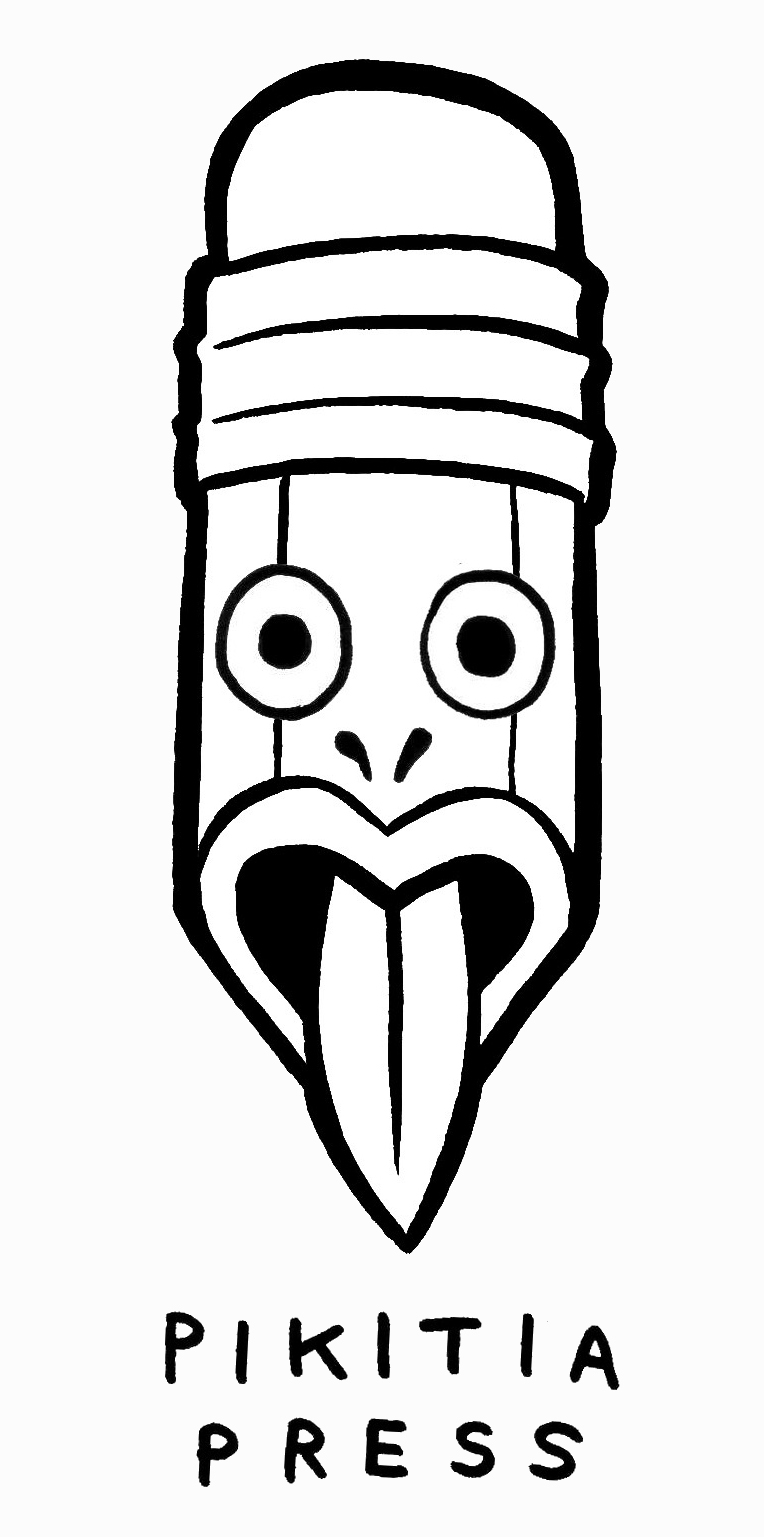As an Antipodean comics reader of a certain age I have a long held affection for Mandrake the Magician and The Phantom. Mandrake, from reading his adventures in my Grandmother's Australian Woman's Weekly and The Phantom from my Dad and Uncle who regularly picked up his comics for cheap entertainment. With the passing of their creator Lee Falk in 1999 I lost most enthusiasm for following their adventures but every now and then I find a modern take that's interesting.
In recent years Dynamite Comics have published comics teaming King Features characters Mandrake, Flash Gordon, and The Phantom (Currently Mandrake's pal Lothar)
Recently Roger Langridge contributed a cover for Flash Gordon: Kings Cross #1 featuring the King Features team up, I asked him a few questions and he generously shared some of the preliminary work that went into creating the cover.
Did you get any art direction before or after the penciling/rough stage for this cover?
I was asked to include Mandrake, Dynamite’s current Phantom (i.e. Lothar), the new lady Phantom and Flash Gordon. Beyond that, the details were pretty much left up to me. Once the initial sketch was approved, editor Nate Cosby requested that I do all of the lettering as part of the artwork, which I had more or less planned on doing anyway for the newspaper one, so the art I turned in didn’t require any pre-production beyond slapping it into InDesign (or whatever the cool kids use these days).
Did you provide any input into the colouring of this cover? Or just leave in your trusty colourist's hands?
The trusty colourist was me, so the answer to both of those questions is yes! I’ve used that dot-screen trick before (where you can see the dots that make up the colours, Roy Lichenstein-style) a couple of times, so I felt, since I knew what I was doing there, that I would rather do it myself and make sure it was done the way I’d imagined it. There was one colouring note from Nate, to fix Lady Phantom’s hair colour (I made her look too blonde originally), but apart from that they went with what I turned in with no other changes.
You've worked on a few classic American newspaper strip characters in recent years are there any others you'd consider doing a stint on? (Would love to see you more Mandrake with you writing and drawing!)
I’d be up for that, although I don’t think Mandrake is quite the hot seller we’d both like it to be, unfortunately. Other characters I’d like to have a crack at: well, I enjoyed the Barney Google/Popeye team-up in IDW’s Popeye #12 a whole lot; doing a regular Barney Google series in the style of Billy DeBeck would be a dream job for me. I’d love to have a go at Alley Oop, the time-travelling caveman, some time, too. And, as long as we’re fantasizing, let’s throw The Spirit on to that list as well! (I can dream, can’t I?)




















